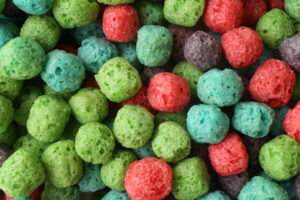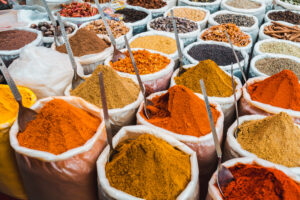Citrus colors: fresh and zesty
Citrus flavors stand out as timeless favorites for all sorts of foods but especially for drinks. Their tangy and refreshing profile not only enraptures taste buds but also creates a synesthetic experience that engages sight, taste, and smell, transporting us to moments that range from energy to relaxation to refreshment. Let’s take a look at how we can use natural colors for citrus beverages.
Crafting an atmosphere
To create an atmosphere that resonates with the emotionally loaded concepts that are usually linked to citrus profiles, like summer, freshness, excitement, and intensity, it’s essential to consider the visual appeal of citrus flavored beverages.
And since visual appeal starts and ends with color design, we have to consider the actual pigments that citrus fruits produce. Oranges, mandarins, lemons, limes and grapefruits are all fruits called hesperidium (yes, like Hesperides’ garden from Greek mythology!) belonging to the same great family called Rutaceae. Their peel and pulp start out as green, with high contents of chlorophyll.
As they mature, the chlorophylls fade and they accumulate combinations of carotenoids like lutein, beta-carotene, lycopene, violoxanthin or zeaxanthin, among others. Some even produce anthocyanins, the red pigment found in berries, like the bold and delicious blood orange. Depending on the state of maturation each citrus fruit develops a particular blend of these pigments that is responsible for its distinctive color.
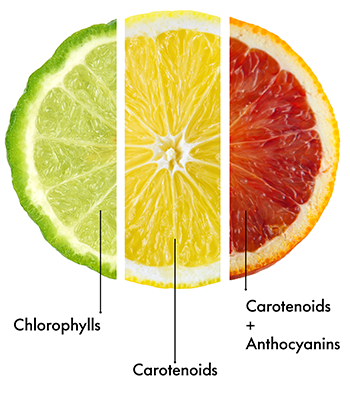
Choose from the citrus color wheel
Luckily, these pigments are also commonly used natural colors, so we can recreate the same precise visual imprint afforded by nature! Imagine capturing the vibrant green of limes by using copper chlorophyllin, or the sunny hue of lemons by using beta-carotene or safflower extract. And by utilizing blends of these same pigments, more nuanced citrus flavors are possible!
For example, the unique blend of citrus and herbal notes from Yuzu, can be replicated with emSeal® beta-carotene emulsions plus a hint of green from chlorophyllin.
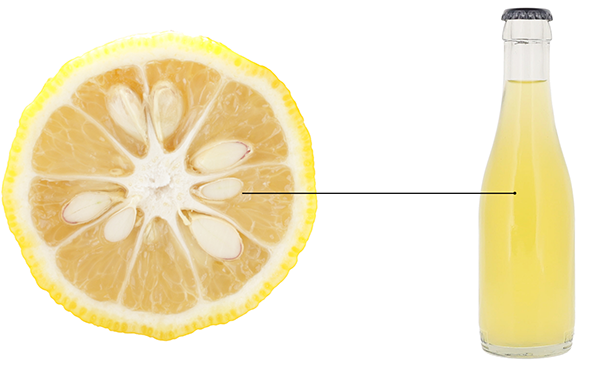
The ever-sought profile of orange juice or the fashionable profile of kumquats can be achieved with slightly orange tinted beta-carotene emulsions also from our emSeal® line, that can be designed with or without a cloudy appearance according to your liking. And the bright colors of mandarins, tangerines, or clementines can be achieved with emSeal® paprika emulsions that are deodorized to deliver all the color without the pungency so the flavor can really shine.
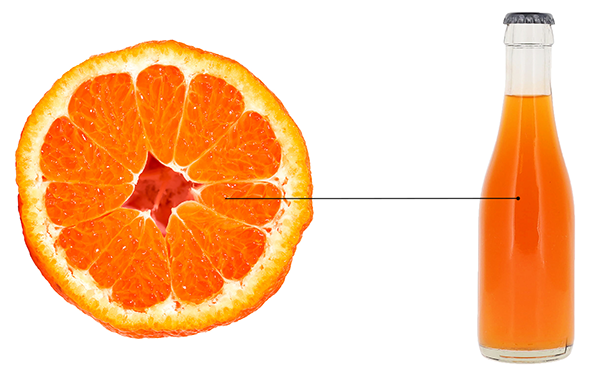
To capture the subtle pink tones of pomelos and grapefruits, either anthocyanin-based color blends or lycopene emulsions can be employed. And finally, the same type or red anthocyanins can be employed to get the right shade of blood orange, hinting to that unique berry-like flavor of this trendy citrus variety.
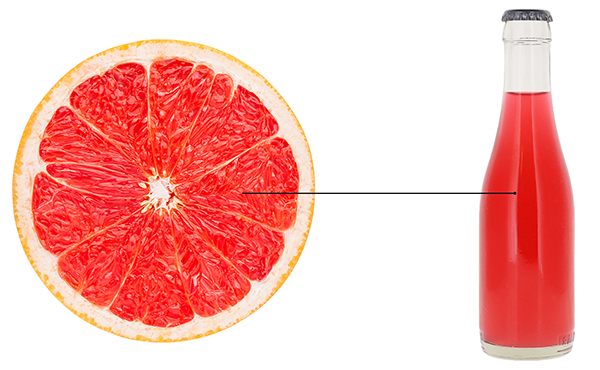
Elevating citrus profiles with fruit blends
Citrus flavors on their own will always appeal to the consumer with their sweet and tangy charm. But innovative and delightful fusions with other fruits and herbs are also making a stand in the world of soft drinks and RTD beverages: raspberry lemonade, blueberry limeade or bold pairings like ginger and grapefruit…you name it! You can explore these expansions for flavorful profiles with an ever increasing range of our natural color blends, all with unparalleled functionality and processing stability.
Treat your consumers with a captivating drinking experience that starts at first sight with vibrant natural colors that promise a taste adventure with every sip!
Looking for more information on how to create these refreshing color inspirations? Download our Citrus Color Palette below to see how we blended natural colors to match the wide variety citrusy shades. Or contact us to get started on a project.


